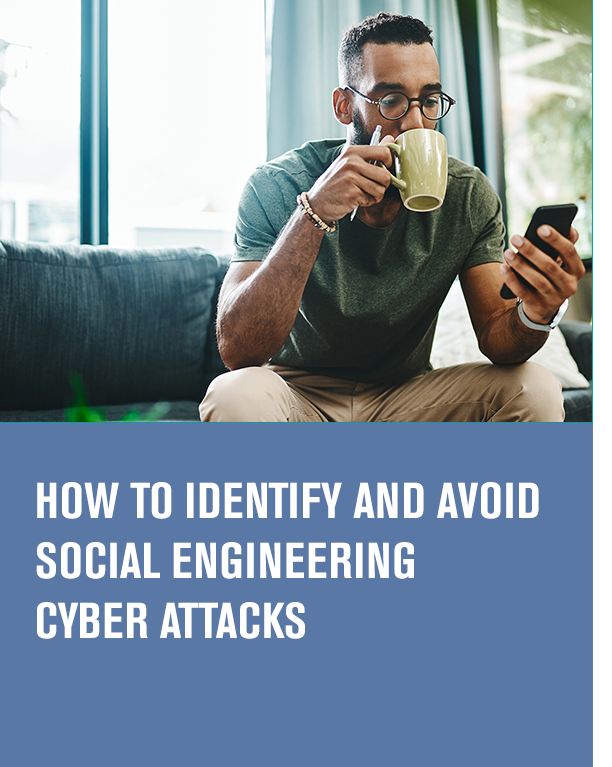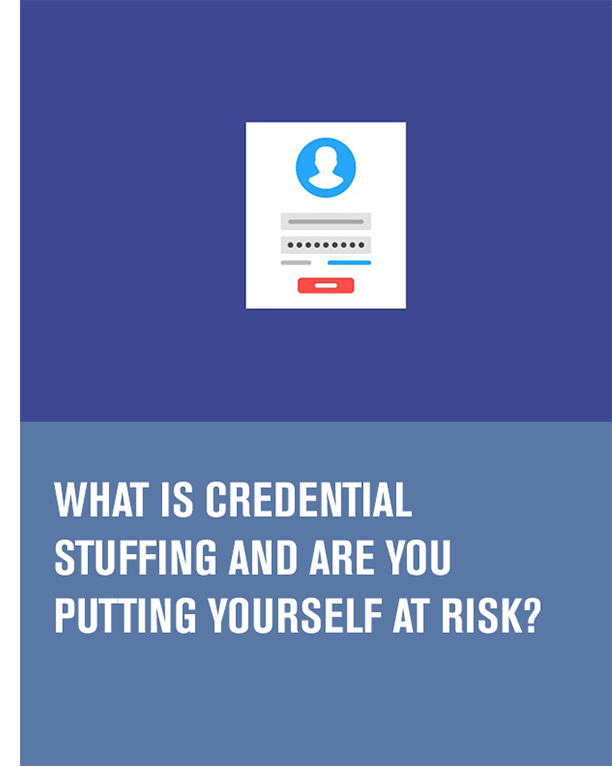Article
Banks take fraud very seriously and have highly sophisticated security systems and teams of experts to protect you from financial fraud. As a banking customer, there are also simple steps you can take to recognize cyber crime and protect your personal information and your money. Educating yourself, your family and your employees about cyber safety can seem overwhelming, but it doesn’t have to be that complicated and the CBA has developed a learning path to help.
To get started, read the articles in the Cyber security & fraud prevention 101 section below and then move on to additional sections to familiarize yourself with other types of fraud and more sophisticated online cyber crimes affecting Canadians. There are also primers just for parents and kids, as well as older adults. We encourage you to also sign up for the CBA’s free fraud prevention email newsletter to stay ahead of emerging frauds and scams.

This graphic describes, using arrows and section titles, a content path to take to learn about cyber security. We recommend visitors start with the series of articles listed below in in the section Cyber Security & fraud prevention 101.
Next, to learn more about protecting yourself online, read the articles in the Phishing 101 section and the Cyber security & fraud prevention 102 section.
Next, to learn more about types of scams, read the articles in the Common scams section and the Emerging scams section.
Next, if you are a senior, read the articles in the Safety for seniors section.
If you are a parent, read the articles in the Safety for kids and teens section.
If you are an SME owner or manager, read the articles in the Cyber security and fraud prevention for SMEs section.
Finally, read the articles in the Learning more about how fraudsters and cyber criminals target you section.
Cyber security & fraud prevention 101
Not sure where to start your cyber security and fraud prevention education journey? These primers on the most common types frauds and scams can help you learn how to protect yourself and your money with a few simple steps.


Phishing 101
Phishing scams are attempts by criminals to trick you into revealing your personal information by sending convincing-looking emails that appear to be from a known contact or a legitimate company. Learn the basics on how to spot a phishing scam, see examples of phishing emails about how to avoid phone-related phishing attempts.

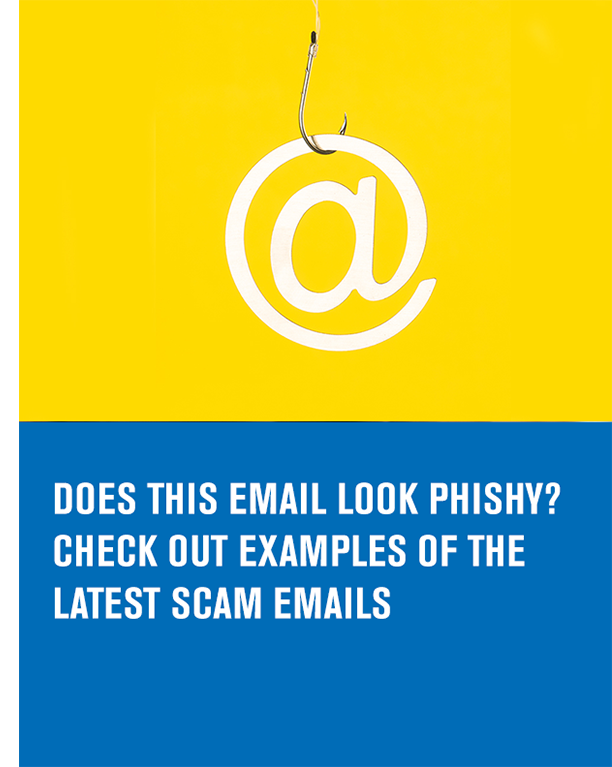
Cyber security & fraud prevention 102
Delve into more information about how to protect yourself from more sophisticated scams perpetuated through ransomware and malware, how to manage your online identity and work safely from home.
Don’t forget to download a copy of the CBA’s Cyber Security Toolkit for a completely package on how to protect yourself from online threats.
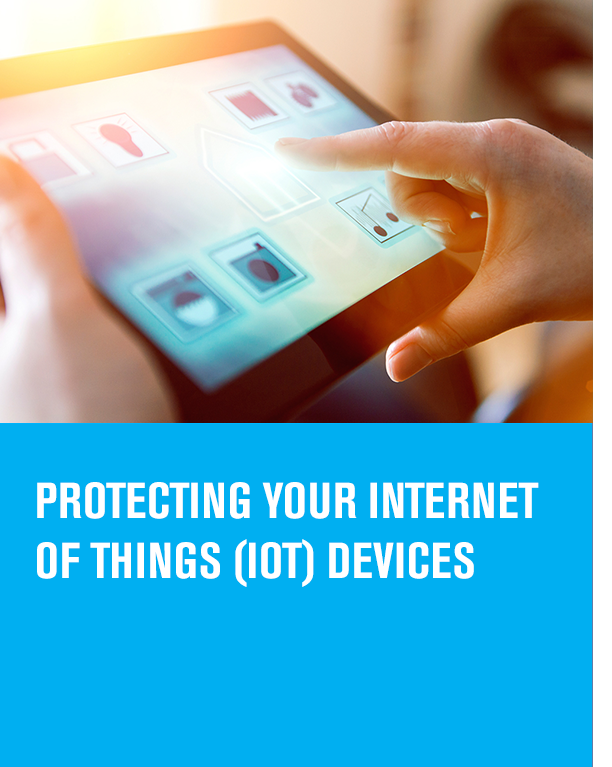

Common scams
From shopping fraud to romance scams, these common scams have been around for a while with variations that try to trick you into falling for the latest version. Go in depth with tips on how to spot and avoid these online threats.


Emerging scams
Cyber criminals are constantly coming up with new ways to trick you into falling for scams. They often take advantage of our anxiety and curiosity by drawing from major emergencies such as pandemics, seasonal events like the income tax filing deadline or even the holidays. Learn more about emerging scams and how to spot them online.
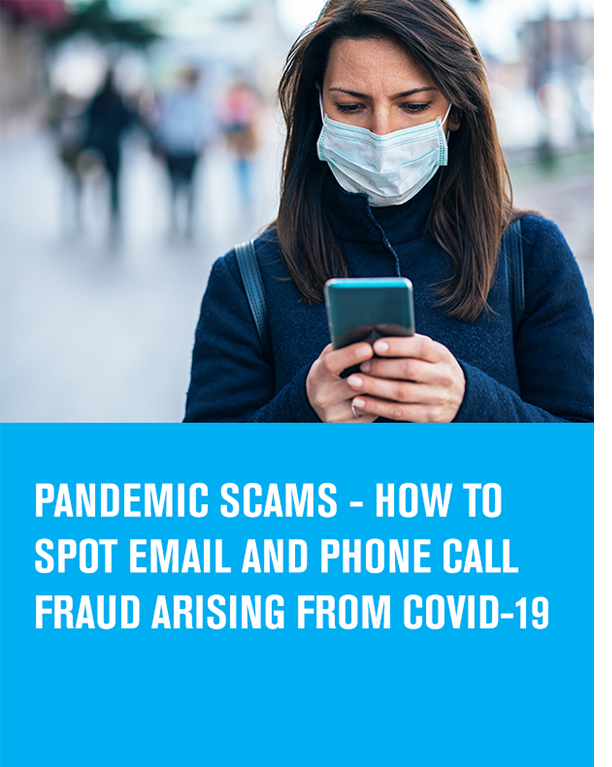

Safety for seniors
Anyone can be a victim of a fraud, but some scams are targeted specifically at older adults. Learning about the appropriate use of joint bank accounts and power of attorney documents can also better protect you against financial abuse and fraud.


Safety for kids and teens
Are you a parent or guardian? Learn how to keep kids safe online and how young adults can avoid everyday scams that target them.


Cyber security & fraud prevention for SMEs
Are you a small or medium business owner or manager? Be aware of the common ways cyber criminals are targeting your business and your employees and then download a copy of the CBA’s Small Business Cyber Security Toolkit.
Remember to share this information with your employees to increase the resiliency of your business.
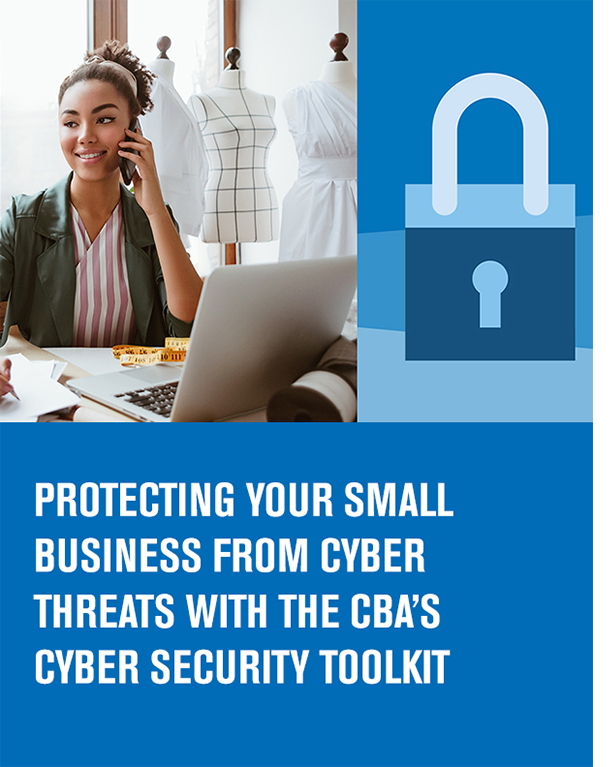

Learning more about how fraudsters and cyber criminals target you
Now that you know about common scams, emerging threats, and ways to protect yourself online, get an in‑depth perspective on the tactics and methods that cyber criminals use to try to trick you into falling for their scams.
